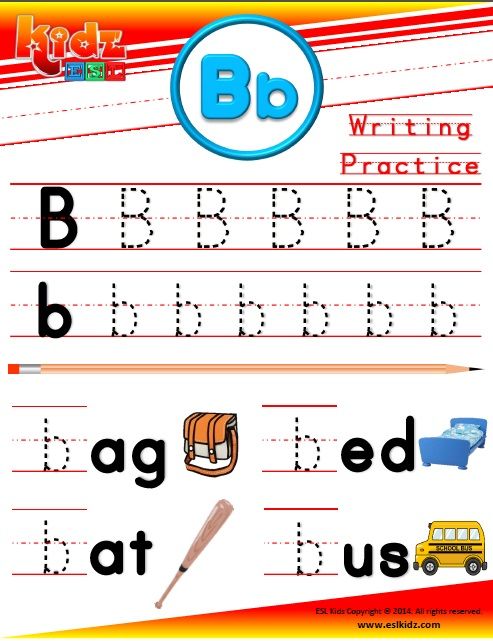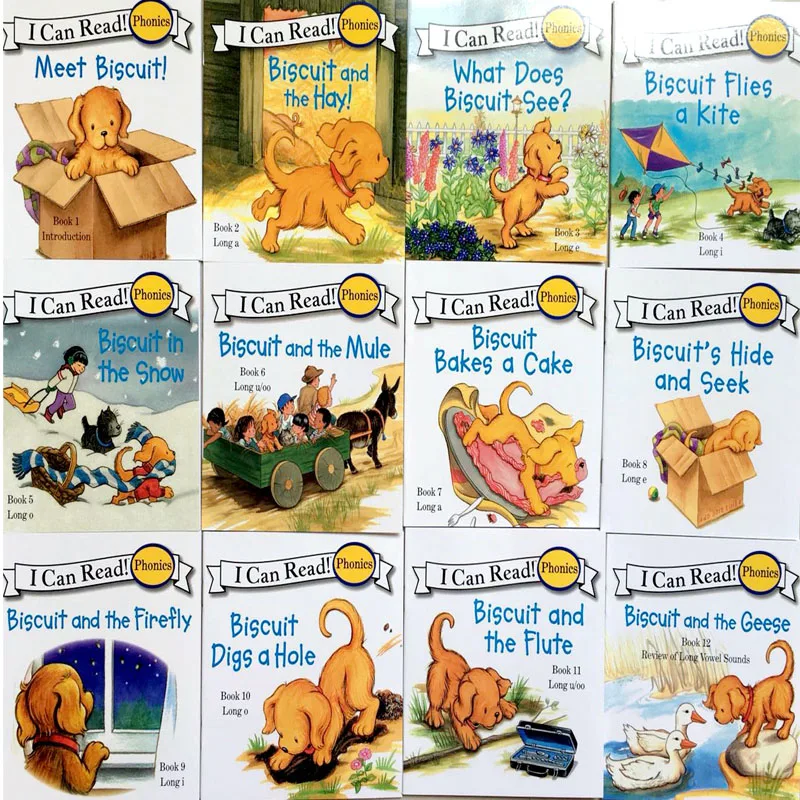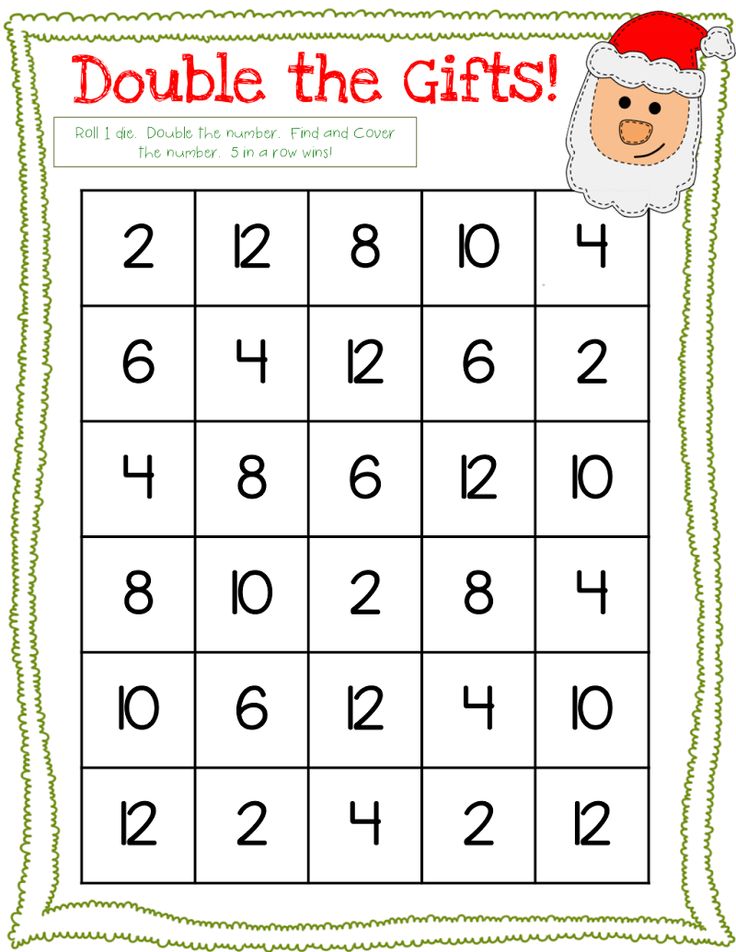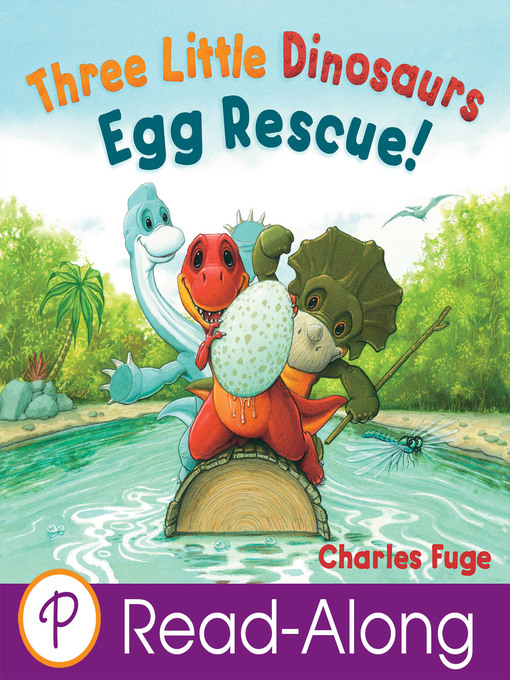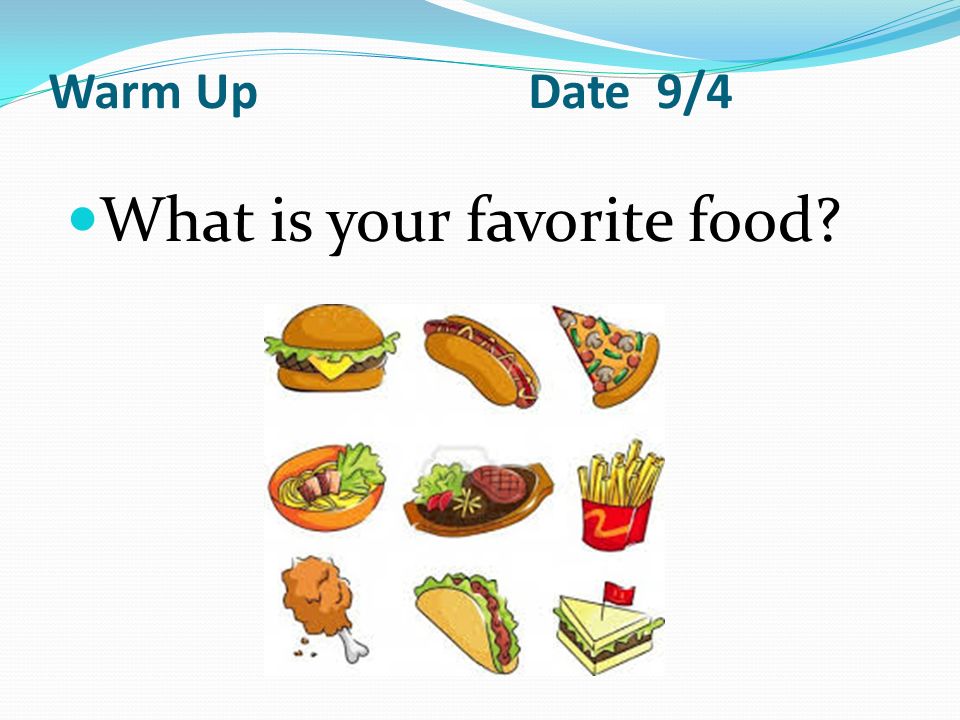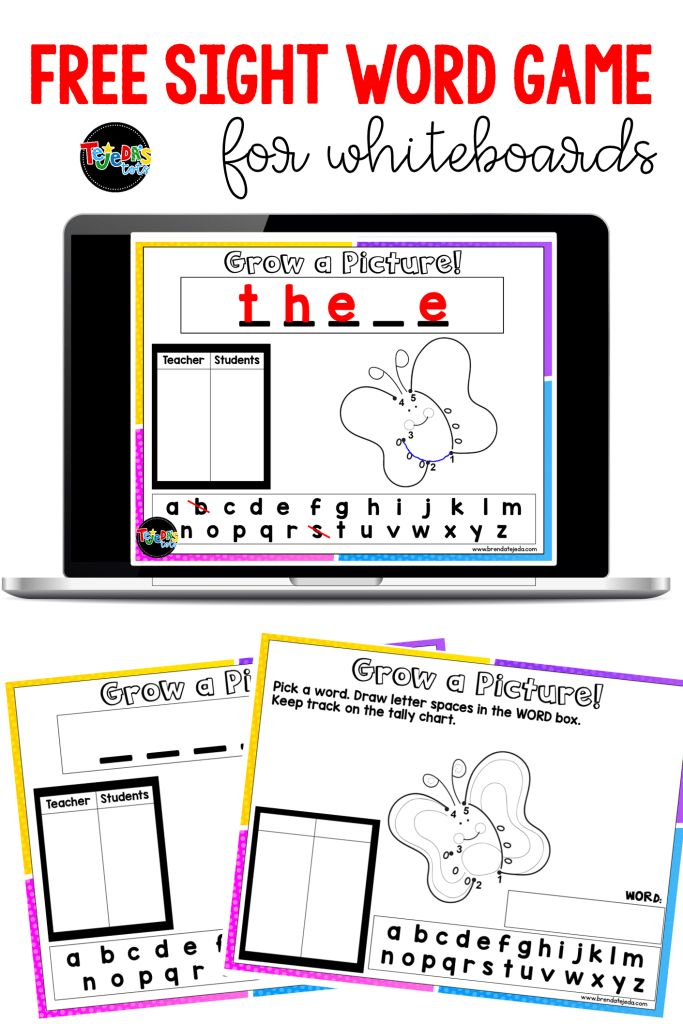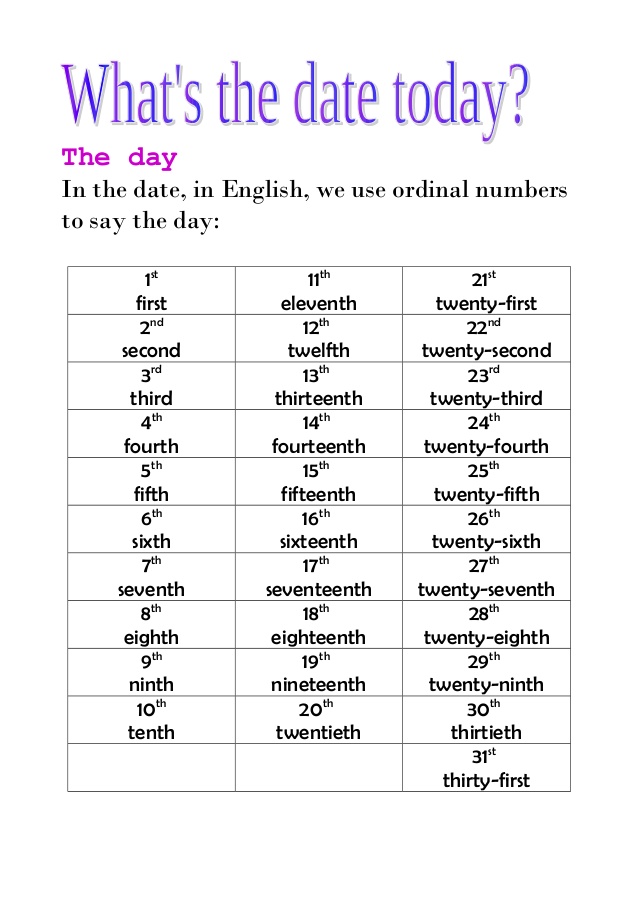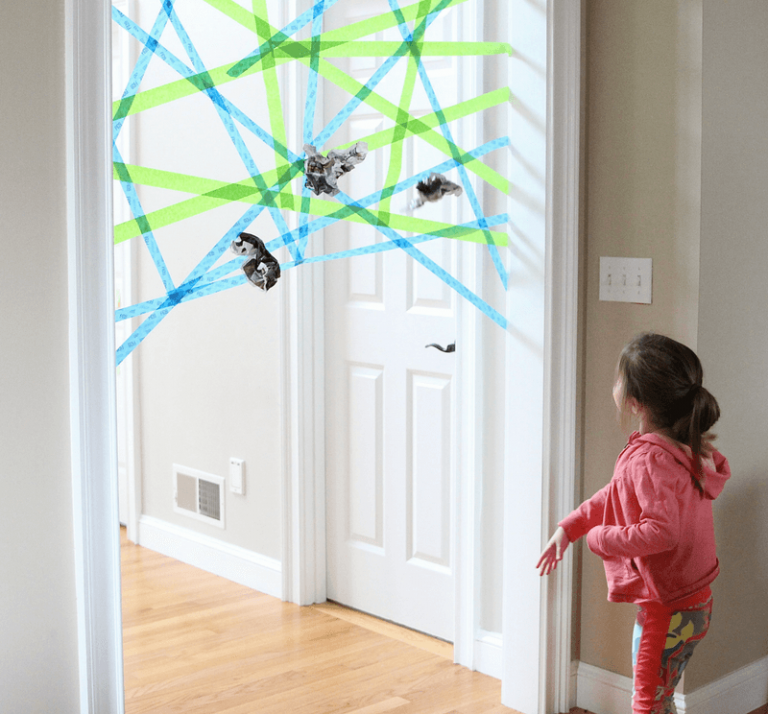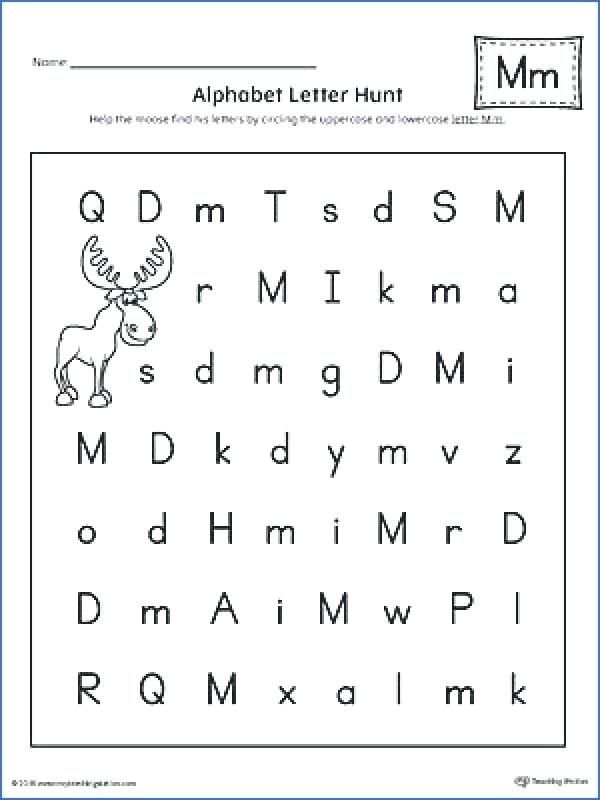Letter sound practice
Try These 10 Fun Phonics Activities to Teach Letter Sounds to Children
What Does the Research Say About Teaching Phonics?
Research indicates the importance of teaching children phonics as a preliminary step for learning to read. Phonics is the relationship between letters and sounds as well as the understanding of how those sounds connect to form words. Research also suggests that systematic instruction which incorporates word play (manipulating letters/sounds in words to change the word), writing words, and using manipulatives such as magnetic letters to create words are all effective strategies for teaching phonics.
Research on the Teaching of Phonics.
Additional research demonstrates the benefits of applying a multi-sensory approach to phonics instruction. A multi-sensory approach incorporates sight, sound, touch, and movement into instruction. This helps address a variety of learning modalities, enabling students to better absorb the information.
Research on Multi-sensory Methods in Reading and Literacy Instruction
Ten Fun Research-Based Phonics Activities to Teacher Letter-Sounds
1.
In the game “I spy” you pick something that you see and don’t tell the child what it is. The child has to guess what you see.
Here is how you can use “I Spy” to teach letter sounds (phonics):
Let’s say you see a book in the room: You can say: I spy something that starts with the letter B or I spy something that ends with the letter K. After your child guesses what “you spy” have them tell you the sound the letter makes. If your child cannot guess what “you spy” or does not know the letter sound, provide them with assistance.
You can also do the same thing using letter sounds. For example, if you see a book, you can say “I spy something that starts with (make the sound for b)” or “I spy something that ends with (make the sound for k). After your child finds the object, have them tell you what the first letter (or last letter) of the object is. Take turns with your child. First you spy, then they spy, or vice versa.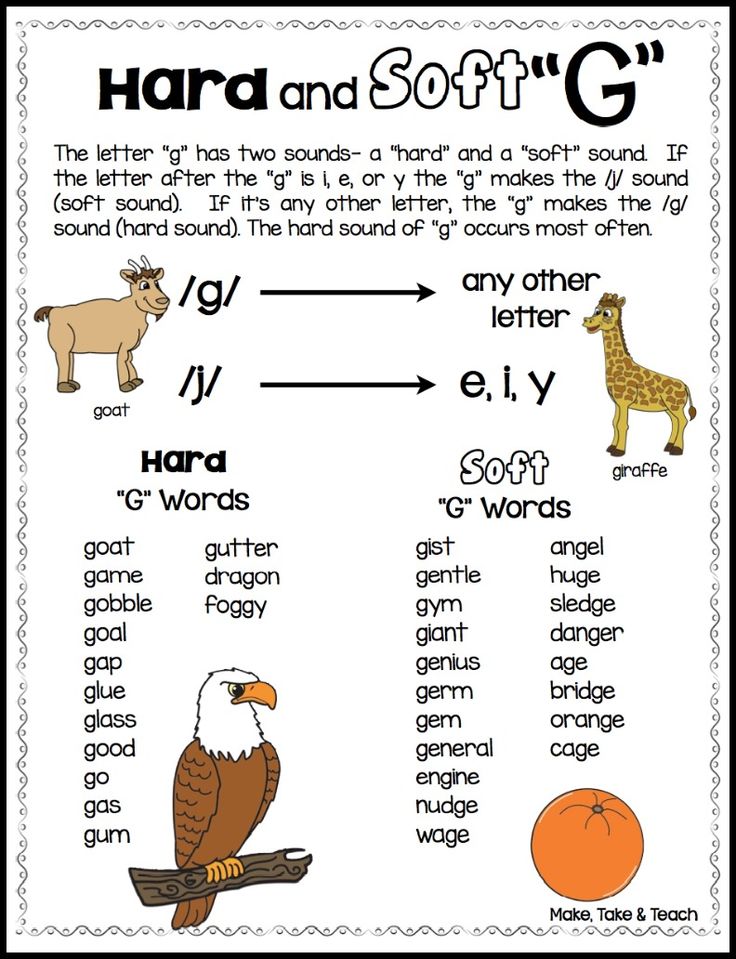
2. Put letters on flashcards and for a fun activity.
Put one letter on each card as shown below (create upper case and lower case cards):
Here is a sample activity:
Pick three to four-letter words and scramble them up. For example, if the word is pig, put the letters out-of-order (e.g., ipg) on the table in front of your child.
Put the letters one to two feet in front of your child so she has room to work. Next, give them a sheet of paper with three (or four) spaces for letters on it, like so _ _ _.
Then tell them the word or show a picture of the word and give the instruction (e.g., “I want you to make the word pig on the lines below, using the letters above).
If you have Magnetic Letters, you can use these as well. You can also encourage your child to write the letters in with a pen or pencil.
You can do word families to help your child understand that many words are spelled the same way, with only the first letter different.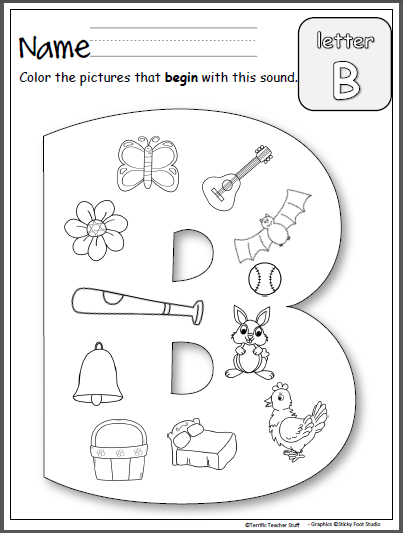 So after pig, try big, wig, and rig.
So after pig, try big, wig, and rig.
Rhyming practice is another helpful strategy when teaching kids about letter sounds.
3. Play letter-sound Go Fish.
Make doubles of flash cards. Each player gets five cards and the rest of the cards go in a pile in the center of the table. Player 1 calls out a letter-sound and asks if player 2 has a match. If they don’t have a match, tell them to “go fish” which means to choose from the pile. See more detailed rules for how to play Go Fish here.
4. Make your own phonics Bingo game.
Draw a grid or make one on the computer like the one below. (You can also print out a large version of the one below here). You can find more blank grids here).
While the grid above has 25 boxes, you can play phonics Bingo with 9 or 16 boxes also.
Here are four options for getting pictures into the boxes:
Option 1 – Draw something simple in each box. Examples of simple drawings for each letter of the alphabet include an apple, a banana, a comb, a door, an egg, a feather, a girl, a hat, an ice-cube, a jar, a kite, a light bulb, a mitten, a nose, an orange, a pan, a queen, a ring, a spoon, a table, an umbrella, a vase, a worm, a xylophone (that one might not be so easy to draw), and a zipper.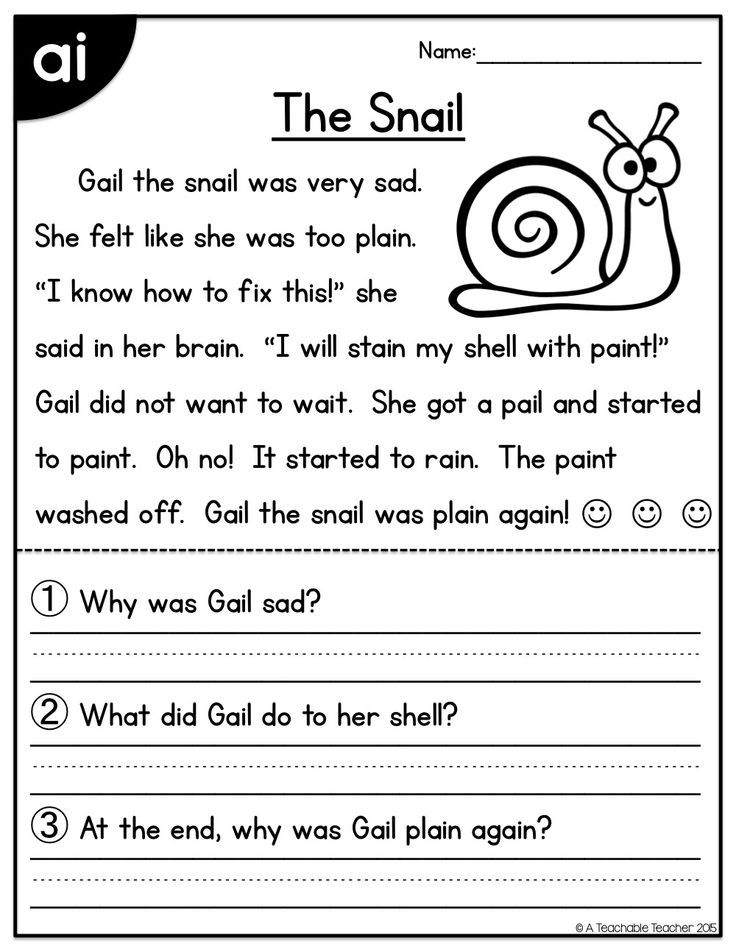 Use colors to make it look fun.
Use colors to make it look fun.
Option 2 – Get images from Google Images, print them, cut them out and glue them in the boxes.
Option 3 – Go to Google Images, copy each image by hitting “control c’ or by right-clicking on the image and selecting copy, then paste each picture into each grid box by right-clicking in the grid and clicking paste or by hitting “control v.”
Option 4 – Find and print out ready made Bingo grids by doing a search for Kids Bingo Grids
You can play the Bingo game four ways:
1 – Call out a letter sound. If your child has a picture on her Bingo card that starts with that letter sound, have her put a coin, checker piece, or small piece of paper over the picture (you can cut index cards into small pieces. This will work better than regular paper because the pieces will be heavier and stay on the Bingo card better).
2 – Call out a letter. If your child has a picture on her Bingo card that
starts with that letter, have her cover the picture.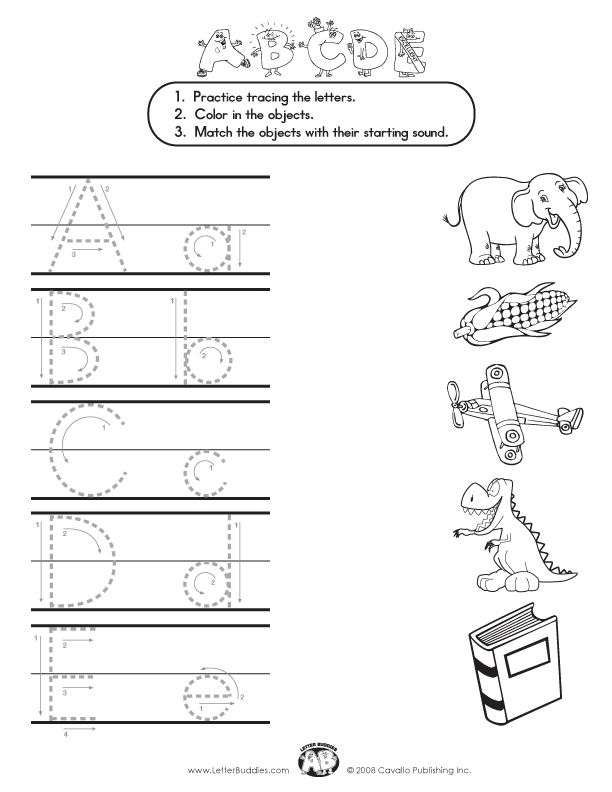
3 – Call out a letter sound. If your child has a picture that ends with that letter sound, have her cover the picture.
4 – Call out a letter. If your child has a picture that ends with that letter, have her cover the picture.
When your child fills up a row, up, down, or diagonally, she gets Bingo (she wins).
5. Make flash cards with a picture on one side and the letter the picture starts with (or ends with) on the other side
You can draw the pictures yourself or make flashcards using pictures from Google Images.
To make a flashcard from Google Images, go to the Image, copy it, “right-click” on it and click copy or hit “control c.” Then go to a word document and paste (right-click and click paste or “hit control v.”).
Then print out the pages, cut out the picture, and write the corresponding letter on the back.
If you know how to insert tables, you can put several pictures on the page in table boxes, print the page, cut out all the pictures and put the letters on the back.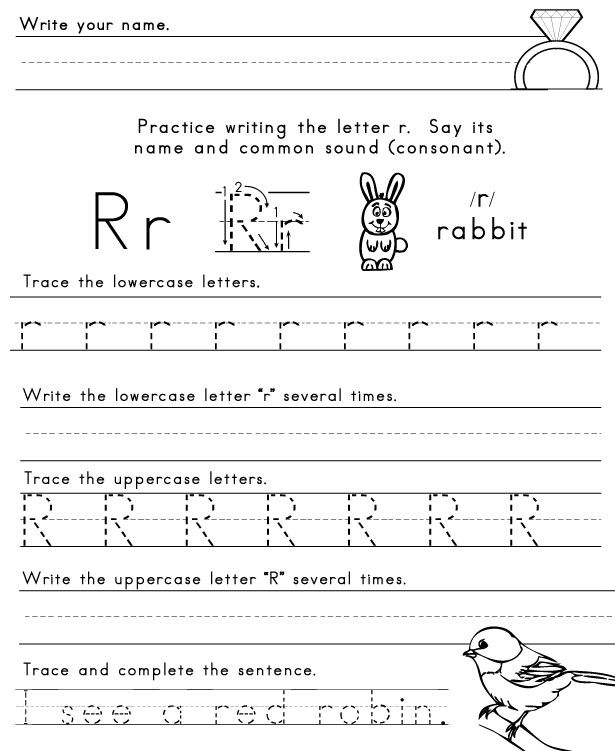 Here is an example:
Here is an example:
Show your child a picture and ask them to tell you the letter (or letter sound) it starts with (or ends with). If they are correct, let them know and show them the back of the card. If they are not correct, give them two more tries.
If they do not get the letter or sound, show them the back of the card and tell them the letter and sound (then enunciate the sound as you say the word), have them say the letter/sound back to you twice, and shuffle the card back in the pile. Repeat.
6. For children who have a lot of energy, turn a phonics lesson into a movement activity.
Tape four letters onto the wall as shown in the image below:
Call out a letter sound and tell your child to run to the letter that makes that sound, touch it and run back. Spice it up. Here are some examples:
-Hop to the letter that makes the sound
-Skip to the letter that makes the sound
-Tip Toe to the letter that makes the sound
7. For another movement activity, put tape on the floor, with a letter on each piece of tape.
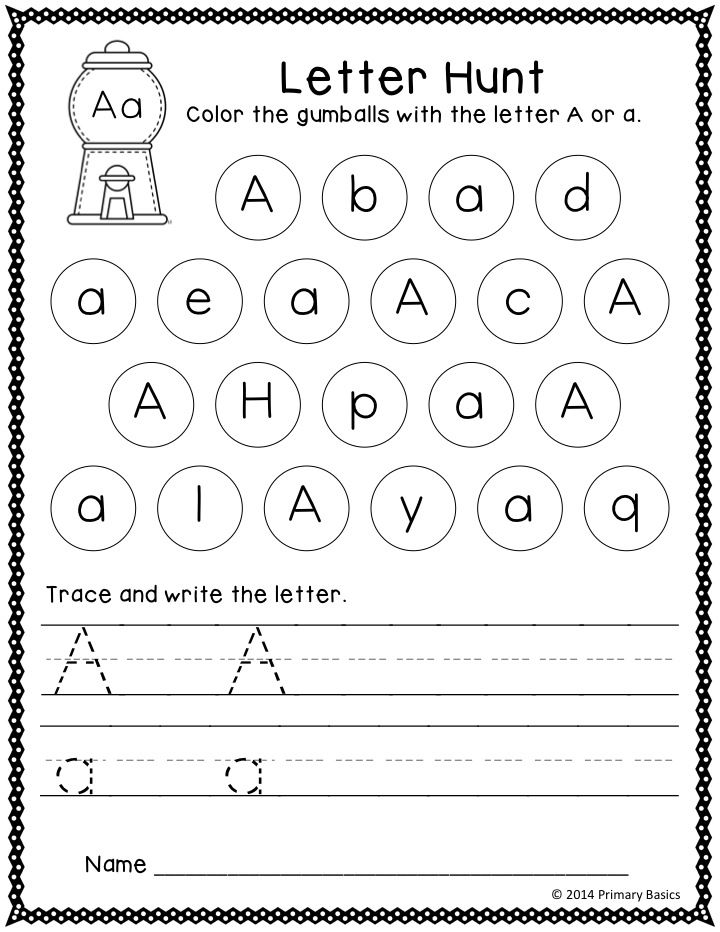
Tell your child to start with their feet on a certain letter (e.g., start on letter A), then tell them to jump to different letters, using the letter sounds. For example, “Jump to the letter that makes the sound (insert letter sound).”
See an example below:
As your child becomes more independent with his letter sounds, you can make the letters spell actual words. For the word cat, have three pieces of tape, C, A, T. Tell your child to start at the C, then jump to the next letter in Cat, and then the last letter.
To make it more challenging, have your child spell the word backwards, by starting with the last letter and jumping in order until they get to the first letter.
Mix up the game with upper and lower case letters. The example above has three letters, but you can use as many pieces of tape and letters as you want.
Start out with a few and add more if your child is making good progress.
8. Make a work sheet, using words and pictures with your child’s favorite characters, foods, animals, etc.
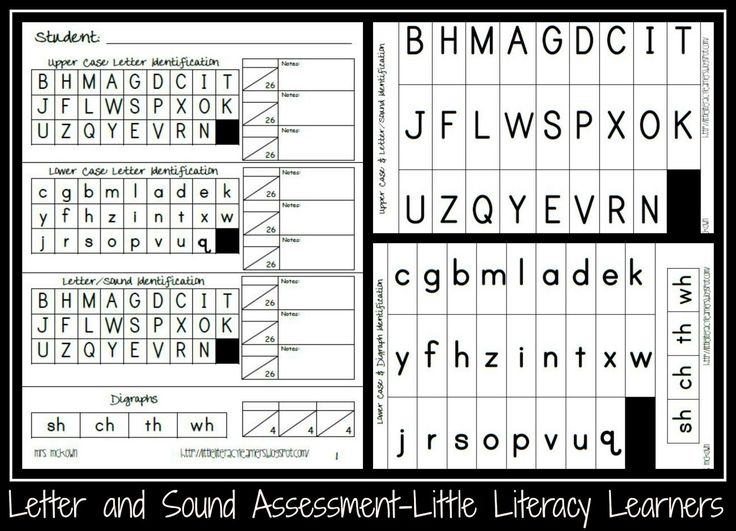
You can draw the worksheets by hand or use tables in Microsoft Word. For a three-letter word, make a table with five columns and one row.
Put the picture of the word in the first box of the table (you can draw in the pictures or copy and paste them from Google Images). Put the letters in the other boxes, but leave one letter out. Have your child fill in the missing letter.
Here is an example of the worksheet:
Click here to print out your own version of this sheet.
For children who may have trouble solving this worksheet, try providing them with a letter bank to see if that helps. See an example of a worksheet with a letter bank below.
Click here to print out your own version of a phonics worksheet with a letter bank.
9. Have your child paste letters on paper as you call out the sounds.
You can use the letter flashcards you made, like in number 2.
You can use this activity to teach your child how to spell words.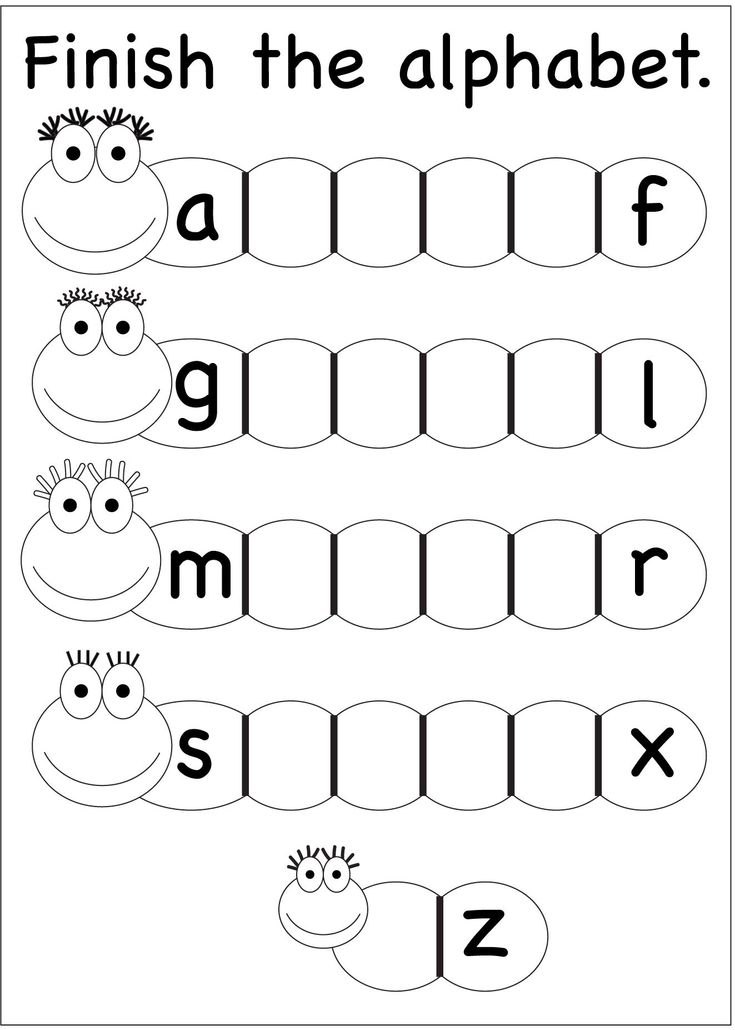 Draw lines or boxes on the paper like so your child knows where to paste the letters. You can give your child the exact number of letters in the word, or throw in some extra letters to make it more challenging.
Draw lines or boxes on the paper like so your child knows where to paste the letters. You can give your child the exact number of letters in the word, or throw in some extra letters to make it more challenging.
Call out the first sound in the word, have your child pick the correct letter and paste it on the first line. Then have her do the next sound, and so on, until the word is complete. Supervise the activity, providing assistance as needed. When your child is done, hang up their work to show her that you are proud of her effort.
You can also use this idea to teach a child how to spell their name. Check out this cute idea below where a child built a rocket by pasting the letters of her name.
10. Sing the alphabet sound song.
The tune is similar to the traditional alphabet song. Here is a great example by Kidstv123. You can make up your own version as well.
Keep Your Cool
Keep in mind that the activities in this article are recommendations.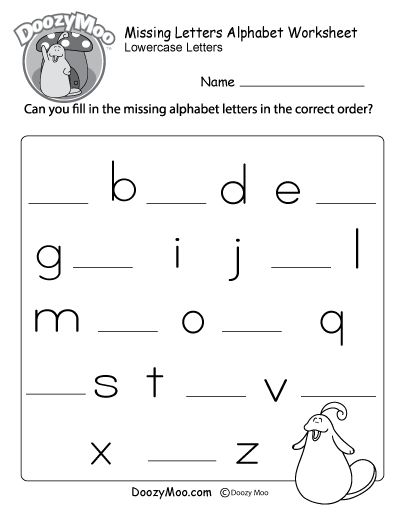 Please do not try to pressure a child into participating in any of these activities. This can lead to frustration, which can turn your child off to phonics (letter-sound) practice
Please do not try to pressure a child into participating in any of these activities. This can lead to frustration, which can turn your child off to phonics (letter-sound) practice
Remember to always stay calm when working with a child or student, even if you think they should be getting something that they are not getting. If you get frustrated with them, they may start to feel anxious, angry, inferior, stupid, etc. which will lead to a less productive learning session. Keep practice sessions short (5 to 10 minutes for younger children or children who get easily frustrated and 10 to 15 minutes for older children or children who can work for longer periods without frustration), unless the child is eager to keep going.
What Else Can You Do to Help Your Child Learn Letter Sounds?
For suggestions on ways to encourage children to complete tasks or assignments they do not want to do, read our articles 3 Ways to Use Timers to Encourage Homework and Chore Completion and How to Use Schedules to Improve Children’s Behavior.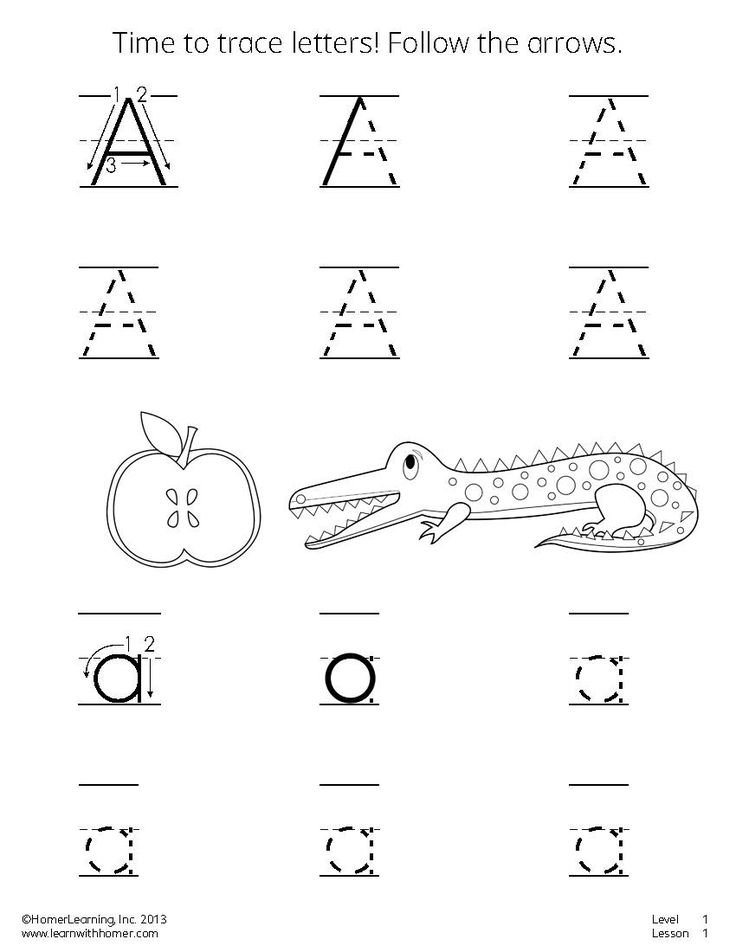
If your child is significantly struggling with learning letter sounds or acquiring other academic skills, despite consistent practice and guidance, talk to your child’s school and/or doctor. They should be able to refer you to the appropriate professionals to determine what might be interfering with your child’s progress and what additional strategies might help.
Video Presentation
Education and Behavior – Keeping Us on the Same Page for Children.
Rachel Wise
Rachel Wise is a certified school psychologist and licensed behavior specialist with a Master’s Degree in Education. She is also the head author and CEO at educationandbehavior.com, a site for parents, caregivers, educators, counselors, and therapists to find effective, research-based strategies that work for children.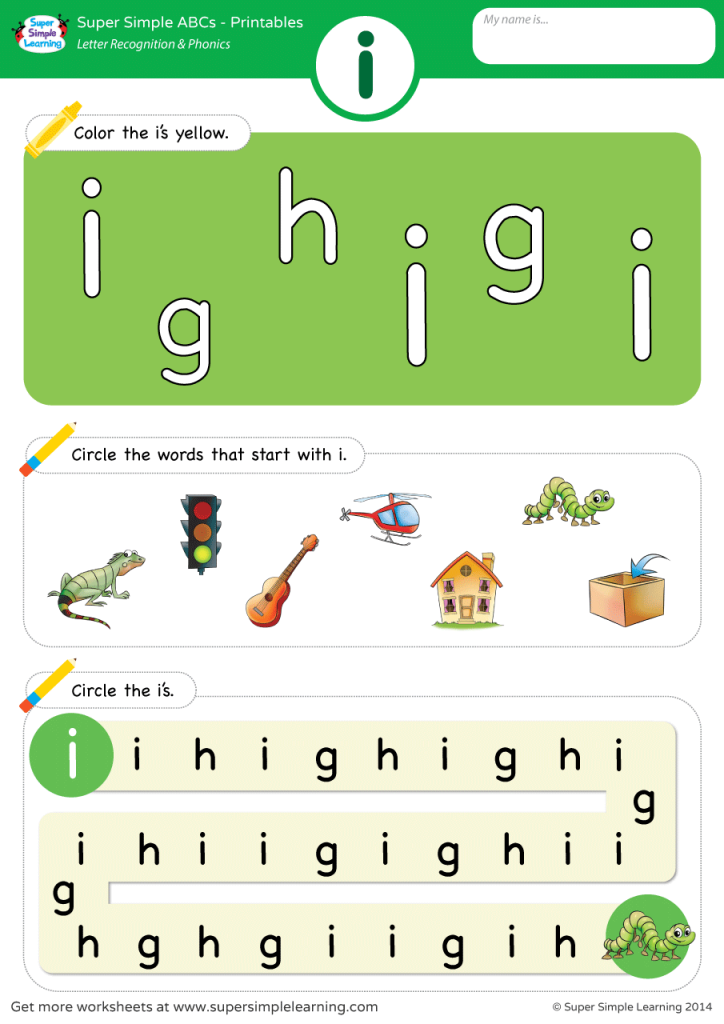 Rachel has been working with individuals with academic and behavioral needs for over 20 years and has a passion for making a positive difference in the lives of children and the adults who support them. For Rachel’s top behavioral strategies all in one place, check out her book, Building Confidence and Improving Behavior in Children, a Guide for Parents and Teachers. If you want Rachel to write for your business, offer behavioral or academic consultation, or speak at your facility about research-based strategies that support children, email her at [email protected].
Rachel has been working with individuals with academic and behavioral needs for over 20 years and has a passion for making a positive difference in the lives of children and the adults who support them. For Rachel’s top behavioral strategies all in one place, check out her book, Building Confidence and Improving Behavior in Children, a Guide for Parents and Teachers. If you want Rachel to write for your business, offer behavioral or academic consultation, or speak at your facility about research-based strategies that support children, email her at [email protected].
www.educationandbehavior.com
Like this:
Like Loading...
Letter Sounds Games for Kids Online
Learning Letter Sounds Games OnlineChildren who have learned to read and spell fluently have a strong foundation for their literacy journey. You can catch an avid reader or speller early on if you focus on how they pick up letter sounds.
Letter sounds are usually introduced in preschool.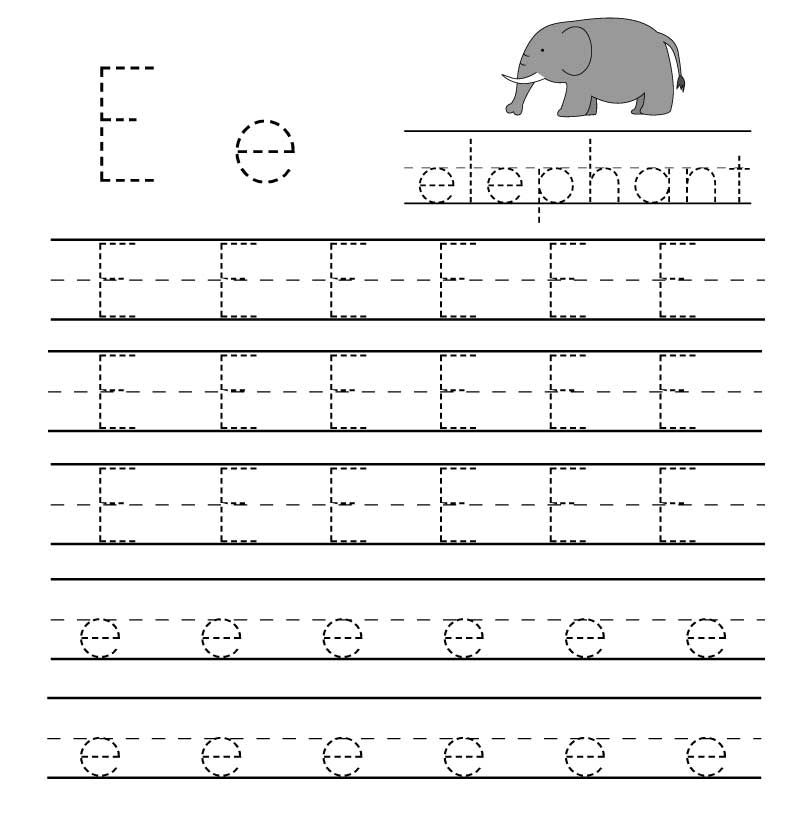 Your child will continue to build on them as he or she grows. Learning can be difficult, tedious, and boring, but you can put the fun into it by using online letter sound games for kids that will keep your child engaged for hours. In time, your child will be familiar with phonetic sounds and great at recalling concepts.
Your child will continue to build on them as he or she grows. Learning can be difficult, tedious, and boring, but you can put the fun into it by using online letter sound games for kids that will keep your child engaged for hours. In time, your child will be familiar with phonetic sounds and great at recalling concepts.
Learning letter sounds games online include letter sound A games, letter sound B games, letter sound C games, all the way upto letter sound Z games. With these games, your little one can practice all the letter sounds from A to Z.
Other ELA games you can explore are: reading games, writing games, phonics games, sight words games, letter tracing games, etc.
How do we introduce letter sounds to kids?Teaching letter sounds can be tricky. Children often get confused and can sometimes take a long time to learn this concept. This can be avoided if a strong letter and sound relationship is created at the beginning. This is the most critical step in helping children learn quickly and easily. Here are some things you can do to bring about a better letter-sound understanding:
Here are some things you can do to bring about a better letter-sound understanding:
Pick the familiar sounds first.
While teaching letter sounds, always encourage visual connections with the letter, both big and small.
Use music and songs to teach sounds.
Online letter sound games for kids can be used to teach letter sounds with ease and fun.
How can we make letter sounds fun for kids?Interactive letter sound games make learning and practicing letter sounds fun and engaging. They use lovely characters, exciting backdrops, brilliant audios and bright visuals to make practicing letter sounds an enjoyable process.
How can games help in better understanding of letter sounds?Children need a lot of exposure to sounds and words to become comfortable with them and games on letter sounds help kids achieve that exposure smoothly. They help kids to learn the sound of the alphabet and also be able to associate it with different words that contain the sound.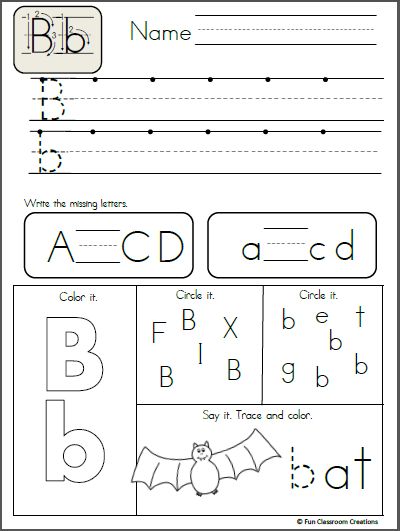
Interactive letter sound games for kids provide a holistic learning environment for children. Sounds require an auditory learning process. These games include fun visuals, rhymes and even songs that help kids build the necessary skills needed to practice letter sounds.
2. How to teach letter sounds?Letter sounds games online help teach the concept of letter sounds beautifully. They don’t go too fast or introduce new letters until your child is ready. The more practice and comfort your child achieves, the clearer the concept becomes. These games allow children to read and form associations quickly and effortlessly.
3. How can I help my child understand letter sounds?Online letter sound games help kids to trace the letters, identify their sounds distinctively and practice words starting and ending with that letter. They polish their ELA skills and help them to master the language arts at their own pace.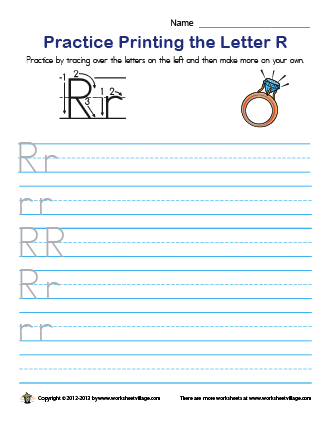
Educate your child using letter sound games and help introduce your child to the world of phonetics. Keep the enthusiastic learner in your child alive by using the best online games available on various apps and websites.
5. What are the best fun letter sound activities for kids?Some letter sound activities for kids are:
Reading recall: Pick any one sound for the day. Start with common vowel sounds like ‘s’, ‘r’, or ‘t’. Say the sound out loud, and get your child to say it too. Read out sentences where the letter is recurring. Ask your child to clap, growl, or jump each time they hear the sound. This is a great attention-building and recognition activity.
No more sound: This is a fun activity that can be practiced when your child has learned a few sounds. Draw a series of pictures on a board and give your child a duster. Now call out a sound, and ask your child to erase all the words that begin with the sound. This may take some practice, but it’s a great way to build a connection between letter sounds and words.
This may take some practice, but it’s a great way to build a connection between letter sounds and words.
Try SplashLearn for Free
Writing and the sound composition of the language
General understanding of the relationship between letter and sound systems in writing
Letters are used to designate sounds in writing. Some of them constantly, in all uses, denote certain specific sounds. In this case, there are complete correspondences between the letters and the sounds they designate.
But this is not typical of all sounds and letters. One letter can convey several sounds. The final consonant, denoted in the preposition "from" by the letter "z", is pronounced as "z", "s", "sh", "zh": "from = home", "i / s / desks", and "/ sh /fur coats", "and/f/tin". The letter "g" in the words "year", "shore", "white" is pronounced respectively - "g", "k", "c". In the Russian alphabet, there are letters that do not represent sounds, and there are letters that represent two sounds.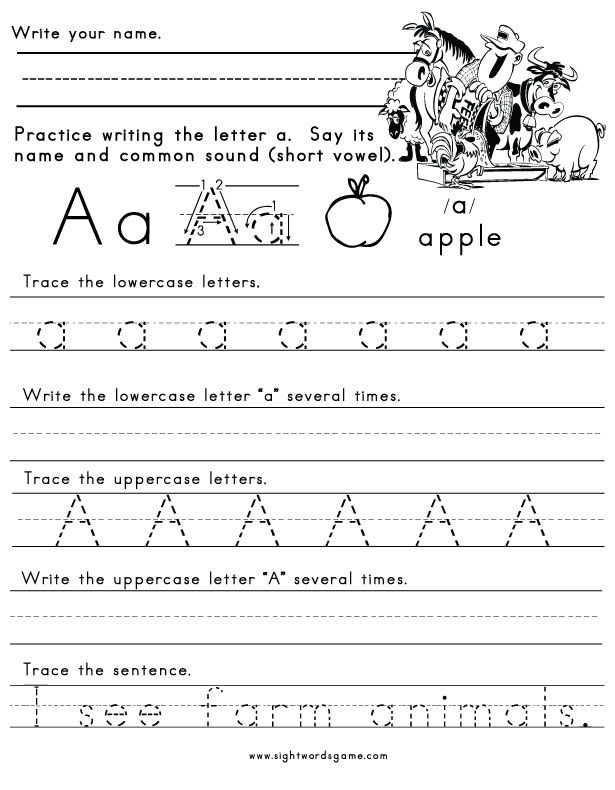
Note 1
All this suggests that the letters and sounds of the language form two different systems. The first is a system of letters - permanent, closed. The second - the system of sounds - is open, constantly changing, the number of its elements is almost incalculable.
It is clear that the relationships between such systems cannot be unambiguous. There are complex relationships between them.
The resulting alphabetic-sound writing has spread throughout the world. Moreover, it is worth noting the large role of borrowings in the history of letter-sound writing. It is due, on the one hand, to the extreme simplicity of alphabetic-sound writing, which easily adapts to the transmission of speeches in a variety of languages, and on the other hand, to the wide development of various relations between peoples at the dawn of mankind.
Characteristics and features of the functions of letters implemented in writing
One of the concepts that unite the action of systems of letters and sounds is the concept of "function of letters".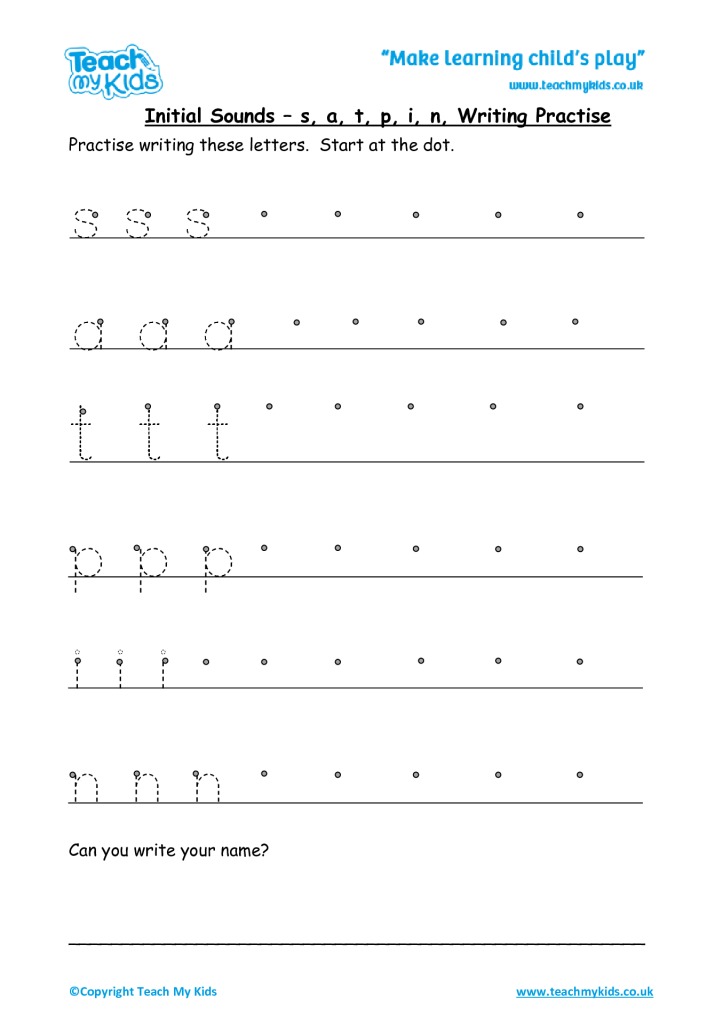 The letter in the composition of the word performs, as a rule, one, and may perform several functions:
The letter in the composition of the word performs, as a rule, one, and may perform several functions:
- firstly, to designate a sound;
- second, specify the meaning of another letter;
- thirdly, to have a symbolic meaning.
So, in the composition of the noun "Krasnolesye" all letters, except for the soft sign, perform the first function, that is, they denote a certain sound - with varying degrees of phonetic accuracy. Of the two “e”, the first one performs two functions: it denotes the sound /e/ and clarifies the meaning of the letter “l”, indicating its softness. The soft sign performs a clarifying function in relation to the previous sound, indicating its softness, and at the same time specifies the meaning of the next letter - "e", indicating that it consists of two sounds: /j/ and the vowel /ь/. Finally, the letter "K" (capital) along with the first function - the designation of the sound /k/ also performs the third function - symbolic: it designates a proper name.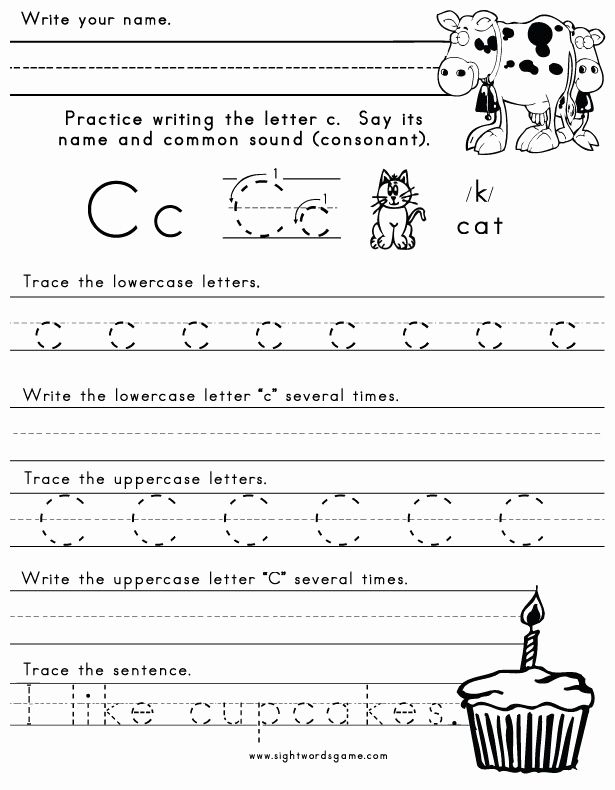
Thus, all letters, with the exception of "ъ" and "ь", denote certain sounds: some with greater, others with less precision. In order to bring the accuracy of the pronunciation of a particular letter to the standard established by the standards of orthoepy, letters are used that clarify the phonetic meaning of other letters. In the Russian alphabet, the following letters perform this function: "b", "b", "e", "e", "i", "yu", "ya".
The first letter - "ъ" specifies the meaning of the next letter, which is pronounced as two sounds: the consonant /j/ and one of the vowels - /e/, /o/, /u/, /a/. The soft sign clarifies the sound value either of the previous consonant letter (“salt”, “take”), or at the same time both the previous consonant, denoting its softness, and the subsequent vowel, which, like after a hard sign, means two sounds. In addition, the letter “ь” can perform a symbolic function, indicating, for example, in nouns that end in “zh”, “h”, “sh”, their gender: with a soft sign - feminine, without a soft sign - masculine kind (for example, “rye - swift”, “night - ball”, “mouse - reed”, “ink - carcass”).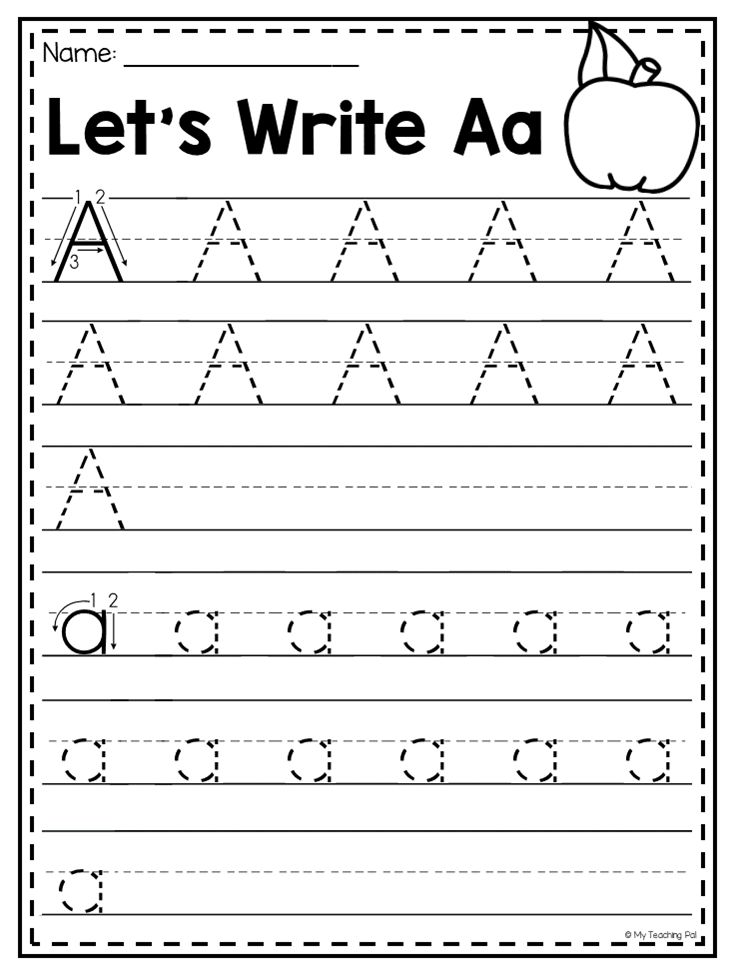 Note that in these examples the soft sign does not perform a clarifying function.
Note that in these examples the soft sign does not perform a clarifying function.
Transcription as a tool for describing the sound composition of a language
Transcription is used to give a correct idea of the sound composition of a word or sentence. This term comes from the Latin word "transcriptio", which is translated into Russian as "rewriting debt, transferring guilt to another."
In modern linguistics, transcription is a recording of speech sounds using special signs. Such signs can be letters of the Russian or Latin alphabet, which are supplemented with signs to designate sounds that are not expressed by means of the alphabet. The main requirement for transcription is that each sound must be indicated by a separate sign. But since in any language - depending on the technique used - a different number of sounds can be determined, there are several types of transcription, with varying degrees of accuracy reflecting the features of pronunciation. Currently allocated:
- phonetic transcription is a type of transcription, the essence of which is the formation of the most accurate pronunciation by means of introducing special characters or diacritical marks;
- phonemic (phonemic, phonological) transcription is a kind of transcription, the essence of which is to convey the sound of words by written and some conventional signs, while reflecting only the phonemes of these words, without taking into account their allophones;
- practical transcription is a type of transcription, the essence of which is to record foreign names and titles using the historically established spelling system of the language into which they are transmitted.
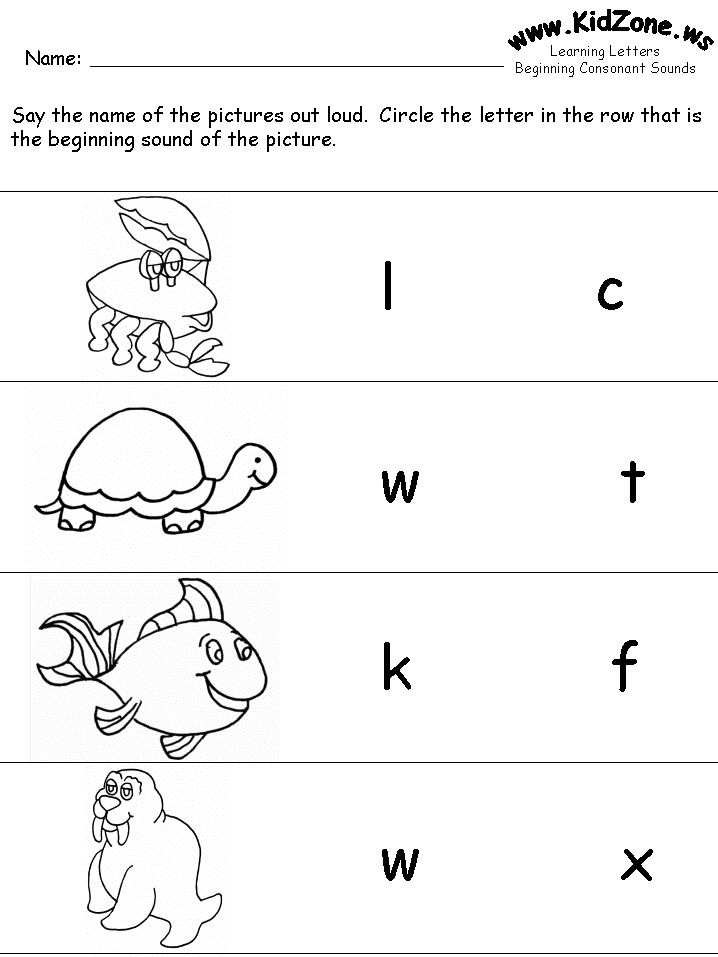
Thus, written transcription allows persons who speak different languages and do not even understand each other to reproduce a sound statement that is understandable to the interlocutor. It is one of the forms of the relationship between the sound composition and the letter structure of the language, which are embodied in writing.

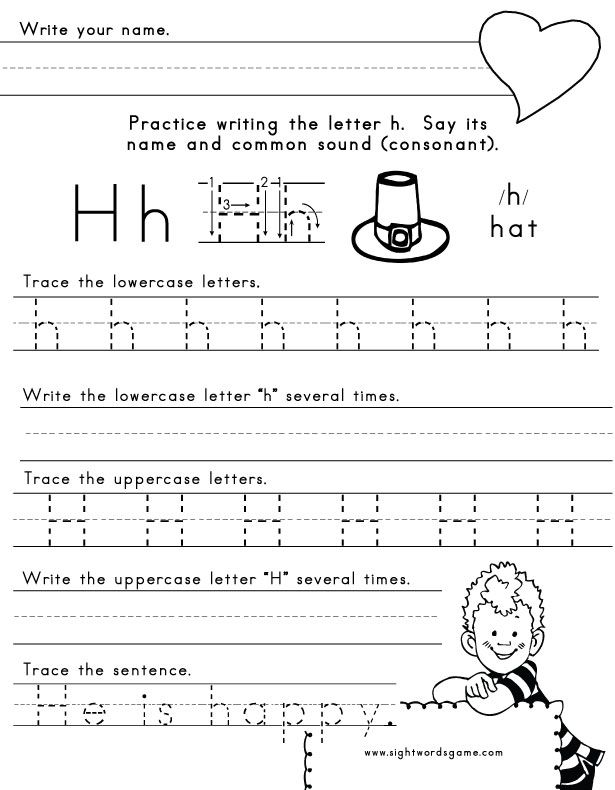 11.2021
11.2021 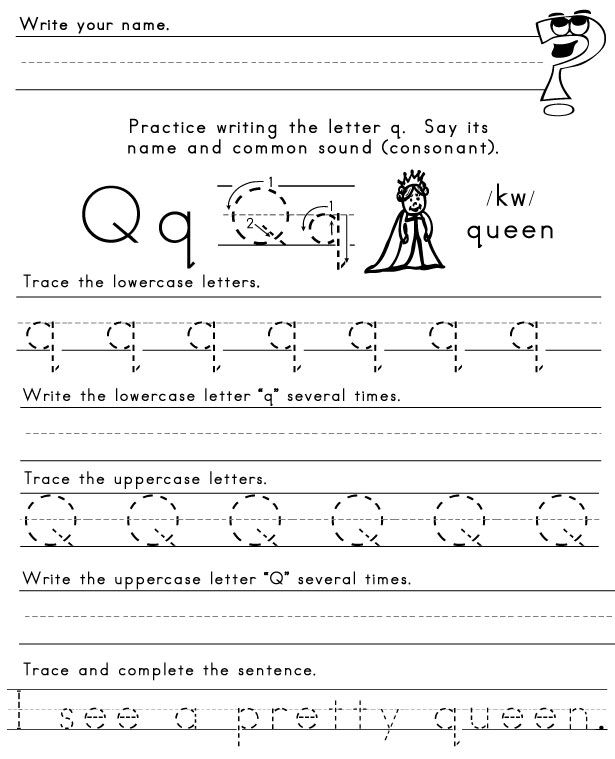 20 AK/41745/21
20 AK/41745/21 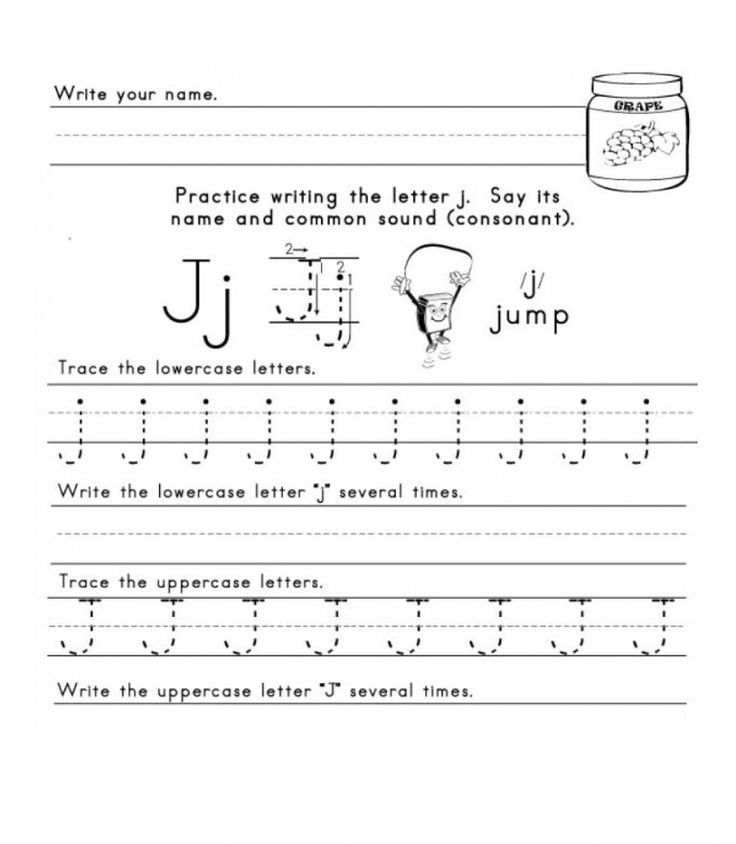 2020
2020  03.20000 9000 9000 9000 9000 9000 9000 9000 9000 9000 /20629/20
03.20000 9000 9000 9000 9000 9000 9000 9000 9000 9000 /20629/20 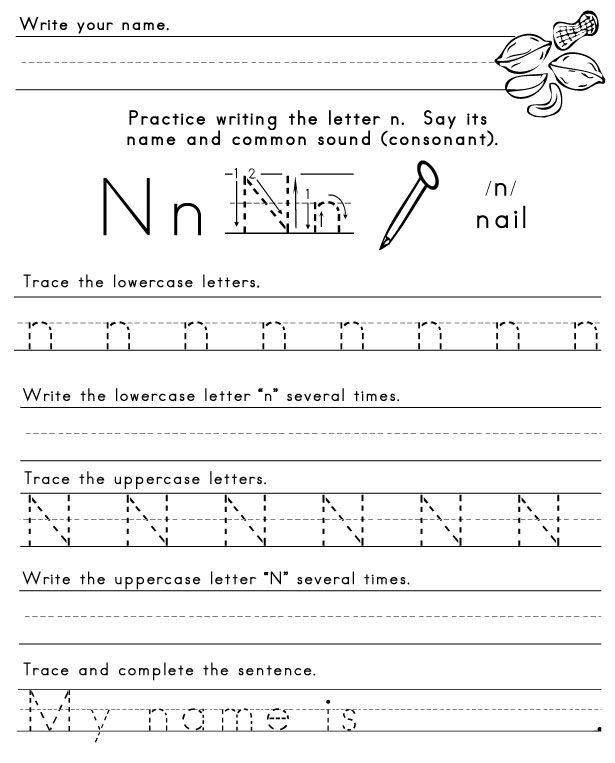 12.2018
12.2018 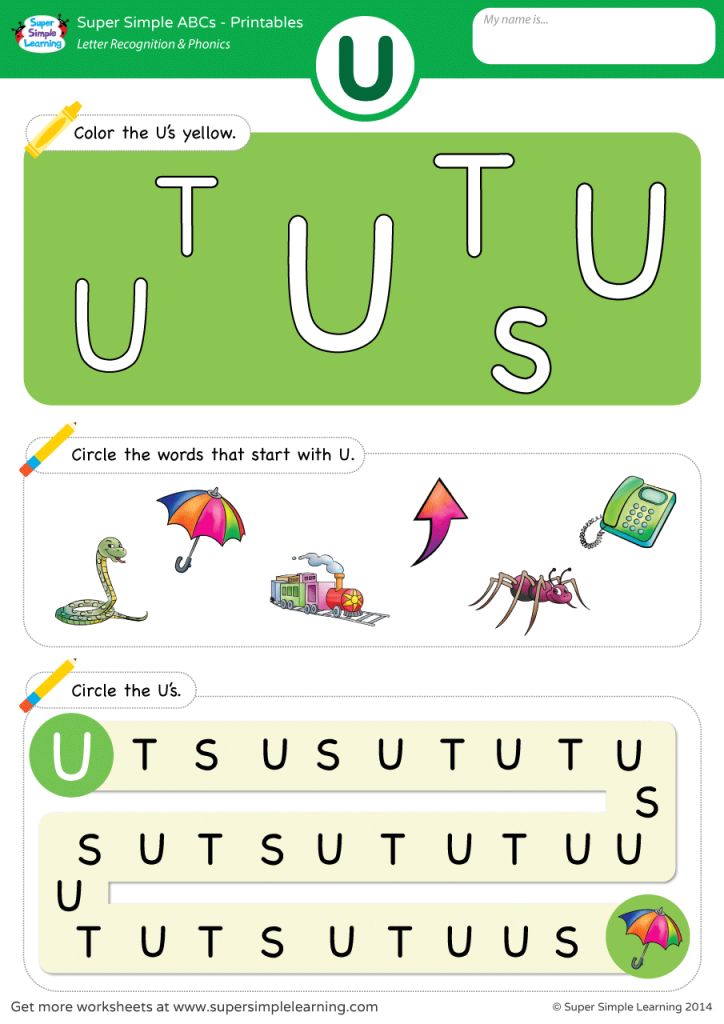 08.2018
08.2018 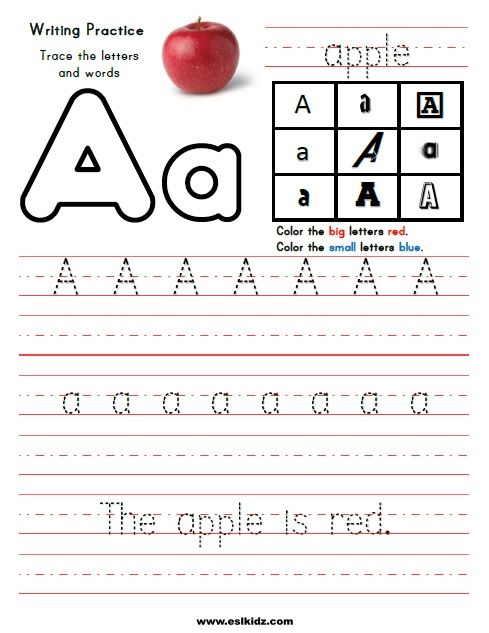 02.2018
02.2018  14.3 of the Code of Administrative Offenses of the Russian Federation
14.3 of the Code of Administrative Offenses of the Russian Federation  26.10/16
26.10/16  08.2015
08.2015 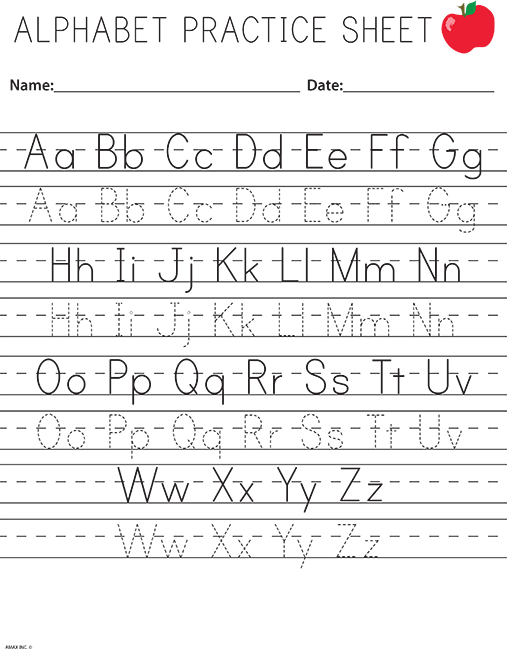
 01.2014
01.2014  2013 9000 AK/21792/13 /13
2013 9000 AK/21792/13 /13 